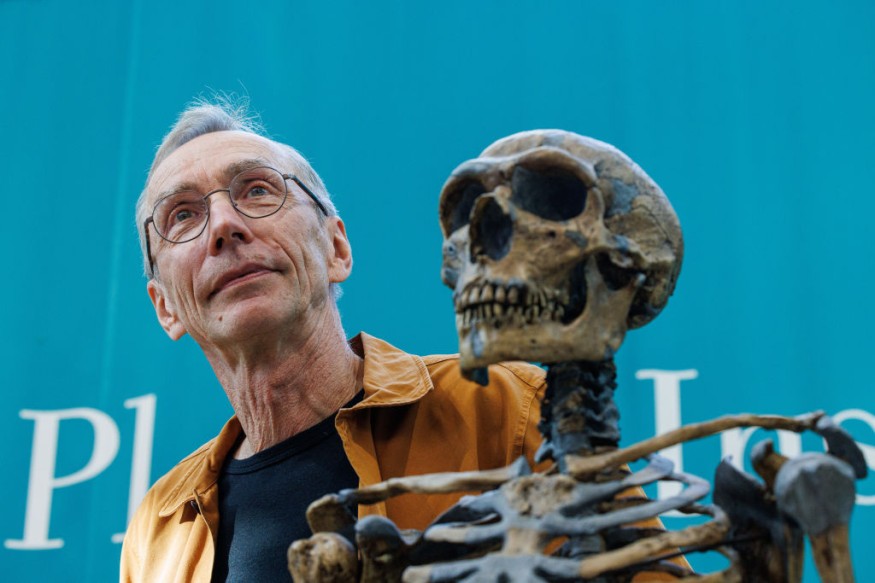
Technology for studying ancient DNA demonstrate that neanderthals, other hominins, and Indonesian Hobbit Hominins from 300,000 years ago all contributed to the development of modern humans.
History of Humankind
Homo sapiens, distinguished by complex thoughts and deep emotions, stand as the sole true humans in Earth's history. Earlier hominins, such as Neanderthals, represent evolutionary predecessors, fading due to sapiens' superiority.
Recent advancements permit the retrieval of ancient hominin DNA, revolutionizing human history research.
DNA revelations challenge our uniqueness, revealing a history where Homo sapiens coexisted with similar beings.
Chris Stringer, a human evolution expert, posits these ancients offered alternative human perspectives.
Notably, Homo sapiens interacted closely, even intimately, with Neanderthals, Denisovans, and enigmatic "ghost populations" only known through DNA.
It's an unprecedented moment when only one human species remains in the tapestry of time.
Hobbit Hominins in Indonesia and Other Hominins
Around 300,000 years ago, Homo sapiens emerged in Africa, coexisting with various hominins.
Neanderthals inhabited Europe, Homo heidelbergensis and Homo naledi resided in Africa, Homo floresiensis ("Hobbit") thrived in Indonesia, and Homo erectus roamed Asia.
They weren't direct ancestors but distant cousins, evolving independently from a common origin.
Archaeological findings revealed their complexity; Neanderthals painted caves, Homo heidelbergensis hunted large game, and Homo naledi may have buried their dead.
Recent studies even found early humans crafting wooden structures before Homo sapiens' emergence.
The question arises: Did they interbreed with these fellow humans? Some doubted it, considering them rivals.
Breakthroughs on Ancient DNA
DNA analysis unveiled transformative interactions that shaped modern humans.
In 2010, geneticist Svante Pääbo's team astonishingly reconstructed a complete Neanderthal genome, earning him a Nobel Prize.
This breakthrough revolutionized the field and continues to advance.
For instance, studying DNA from a Siberian cave's pinky bone and molars revealed previously unseen genes, introducing Denisovans, human cousins identified solely by DNA.
Armed with Neanderthal and Denisovan genomes, scientists identified shared DNA segments with modern humans, indicating ancient interbreeding, illuminating mankind's complex ancestral tapestry.
Exploring Neanderthals
DNA evidence confirms Homo sapiens interbred with Neanderthals, Denisovans, and mysterious "ghost populations" integrated into our genetic code.
Pinpointing the exact times and places for these interactions remains challenging.
Ancestral hominins likely mixed with Neanderthals upon leaving Africa for Europe and crossed paths with Denisovans in East and Southeast Asia.
According to the Smithsonian's, without maps, our ancestors encountered different-looking populations in neighboring valleys, fostering gene exchange.
Archaeologists noted that despite physical differences like bigger noses and shorter limbs, these groups didn't erect walls but engaged in mingling and interbreeding.
Complex Neanderthals And Modern Humans
Janet Young, curator of physical anthropology at the Canadian Museum of History, highlights that the notion of modern humans, particularly white ones, as the pinnacle of evolution stems from a time marked by colonialism and elitism.
A Neanderthal painting influenced by eugenics advocacy persisted in textbooks and museums, misrepresenting the understanding of human evolution.
Discoveries challenge the conventional belief that earlier, more ape-like creatures progressively evolved into Homo sapiens' peak form.
Genetic and archaeological evidence reveals Neanderthals' complex behaviors encompassing hunting, cooking, tool use, and even art.
Despite difficulties in extracting genetic data from ancient fossils, ongoing advancements in DNA technology hold promise for further exploration of our distant past.
This potential extends to gathering ancient genomes from diverse regions worldwide, enriching the current understanding of human history.
Mary Prendergast, a Rice University archaeologist, emphasizes that while modern humans are the sole survivors, extinct groups significantly shaped our history and present.
They are integral to a shared humanity that unites every individual. Examining the fossil, archaeological, and genetic records underscores the profound commonalities between modern humans and their ancestors, transcending divisions.
© 2025 NatureWorldNews.com All rights reserved. Do not reproduce without permission.





